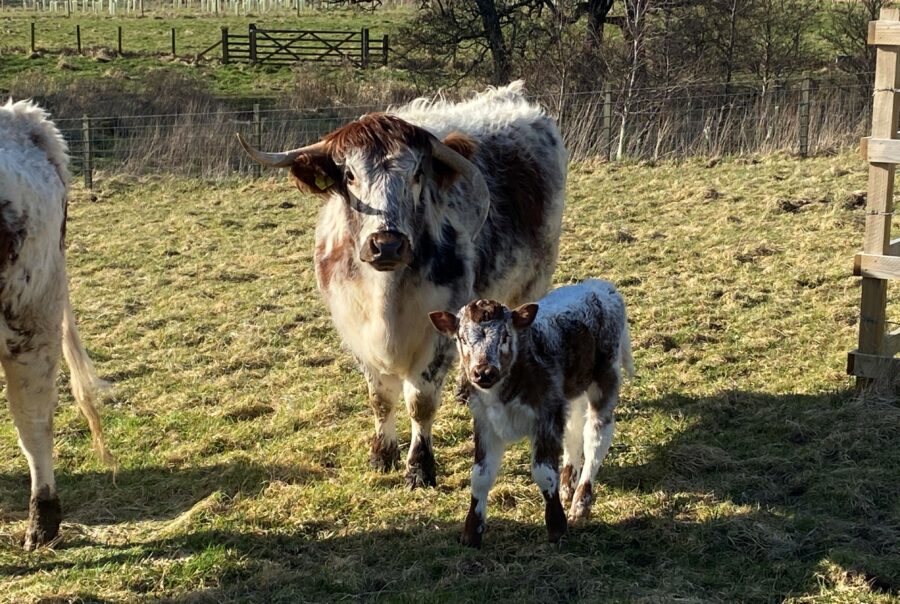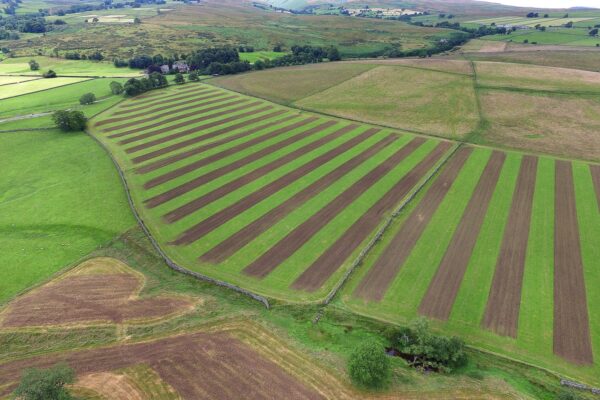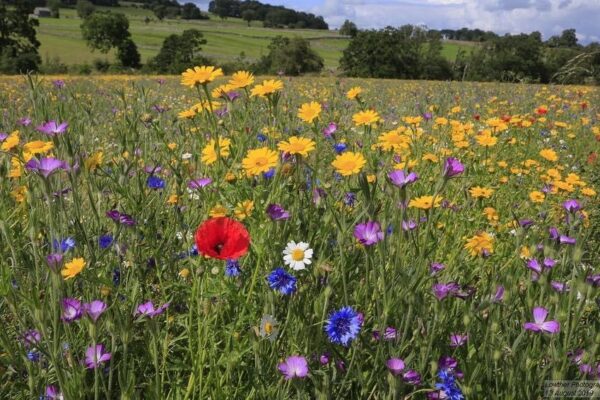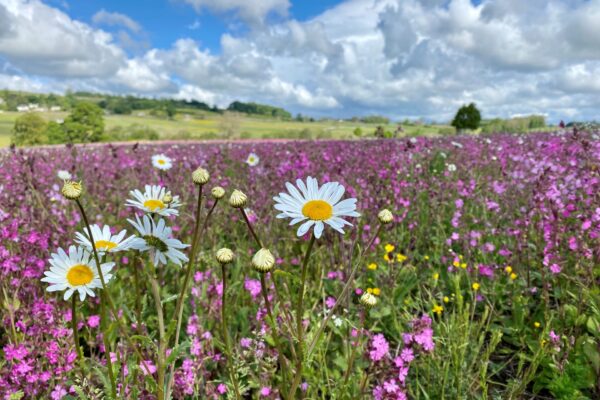
Before the widespread availability of artificial fertiliser, herbicides and other modern farming technologies, the hay meadow was an essential feature of the rural landscape. The post-war drive for food production is responsible for the loss of an estimated 97% of traditional hay meadows across the country.
Across the Estate, we are seeking to reverse this, leaving ancient hay meadows ungrazed through spring and summer before taking a cut after the seeds have set. Staff and volunteers are growing some of the missing species that will be planted into the meadows as plugs. Species like Hay Rattle, Melancholy Thistle, Wood Cranesbill and Bistort will bring colour and scent, and perhaps will one day provide shade to a nest of curlew or corncrake eggs.
Large graziers
Changing our cast of grazing animals is crucial to this programme. By bringing in native breed pigs, cattle and ponies, which now graze alongside a carefully managed deer population, we are recreating the guild of wild herbivores that once roamed the landscape before humans started meddling with it.
This wilder approach to farming still provides a harvest of meat, but it also gives space for Nature to thrive, for flowers to bloom and birds and insects to feast.





